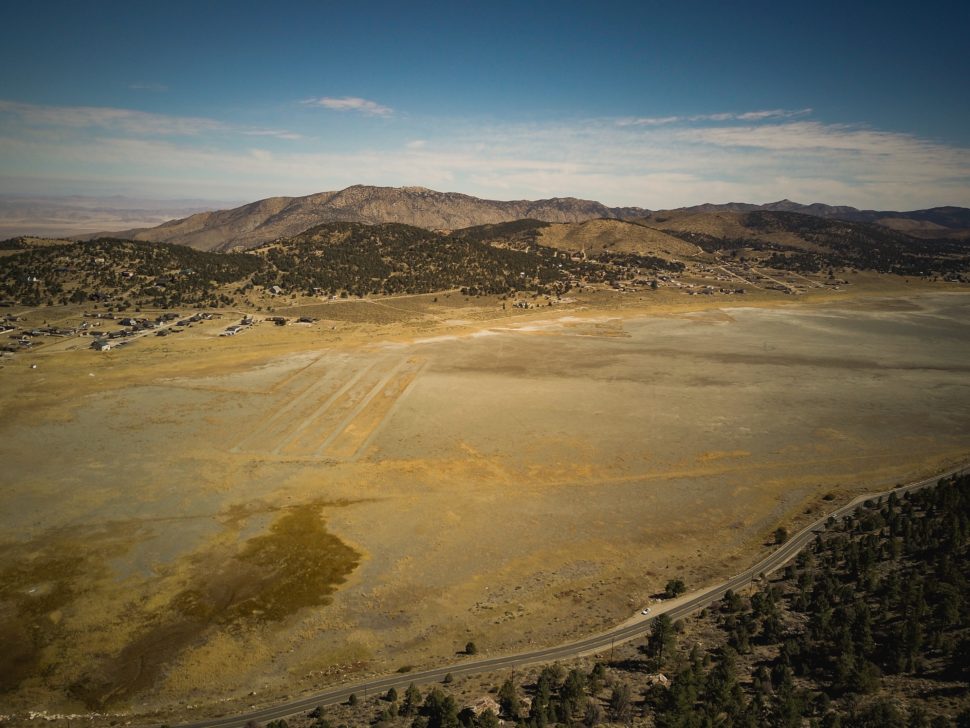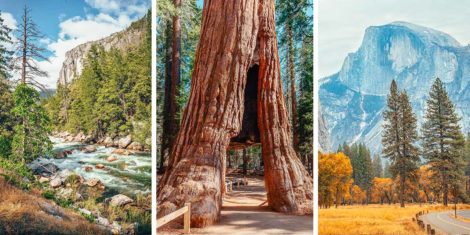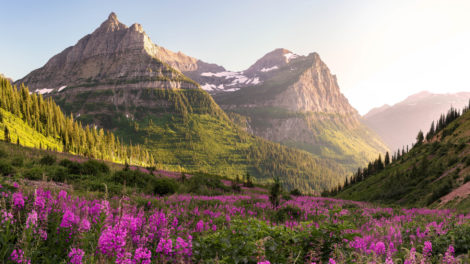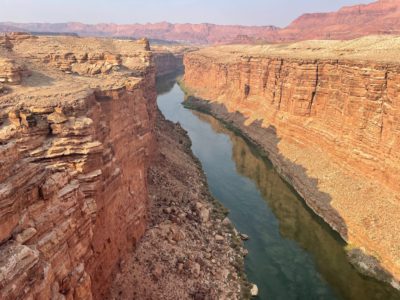
Last month, Yellowstone National Park evacuated over 10,000 visitors after precipitation and melting snow caused a major flood event. The flooding washed away roads and bridges, broke sewage lines, and cut off the park’s gateway communities from roads. The flooding at Yellowstone is a once every 1,000-year event, but the park saw a 500% increase in its expected rainfall for June due to climate change.
Three weeks after the flooding, as though not concerned, the Supreme Court limited the Environmental Protection Agency’s (EPA) authority to regulate the carbon emissions of power plants in a 3-6 conservative ruling. This huge setback will impact the landscape and biodiversity of our local and global environment. Unregulated carbon emissions will cause more wildfires, drought, rising sea levels, flooding, and ecological diseases in our country’s national parks. In years to come these parks could be inaccessible to humans and uninhabitable for other species.
These are the ways climate change is already destroying our biggest national parks today.
Yosemite National Park

Yosemite National Park is located in central California and draws four million annual visitors. Almost 95 percent of the park’s 747,956 acres is classified as wilderness. Yosemite Falls is the largest waterfall in North America with breathtaking views. Peak visitation at the falls is in the spring, comprised entirely of melting snow. The park is also known for its Giant Sequoia trees, which are estimated to be over 3,000 years old.
In the previous years, the climate crisis has had the following effects on Yosemite National Park:
-
Extreme heat, deadly wildfires, and dangerous air quality from fire smoke have prompted the park to close multiple times in recent years
-
Park rangers and scientists have already observed the shrinking snowpack, dried-up waterfalls, increasing fire activity, and more tree die-offs
-
As the area warmed, small mammals in Yosemite have shifted upslope over the last century affecting the bio-diversity of the park
-
Six fires over the course of six years burned more than 85% of the giant sequoia grove acreage across the larger Sierra Nevada, compared to around 25% over the previous 100 years
Glacier National Park

Glacier National Park is located in Montana’s Rocky Mountains, with glacier peaks and valleys stretching across the Canadian border. The park has over 700 miles of hiking trails and diverse wildlife ranges from mountain goats to grizzly bears.
Increased temperatures caused by global warming impact the park in two major ways — wildfires and the melting of its glaciers.
- CNN reports, that in the past 50 years, some of the Montana park’s 26 glaciers have lost as much as 80% of their area threatening the aquatic ecosystems within the park that rely on cold freshwater
-
Melting glaciers mean more flooding and significant rising sea levels making conditions dangerous for visitors during the high rainfall season
- Wildfires have closed portions of the park for months at a time in recent years
Grand Canyon National Park

The landscape of Grand Canyon National Park consisted of canyons and rivers. It is located in Arizona’s northwestern quadrant. The park receives millions of visitors each year making this park one of the most visited tourist destinations in the world.
Over the years the Grand Canyon has been getting drier having the follow effects:
- Warmer temperatures, and severe lack of rainfall are shrinking the Colorado River altering the park’s ecosystems, habitats for species, as well as water sources
- Drilling or mining irrevocably contaminates groundwater. The Grand Canyon Trust, notes that “right now, uranium mining threatens Grand Canyon seeps and springs, including important waters for the Havasupai Tribe.”
